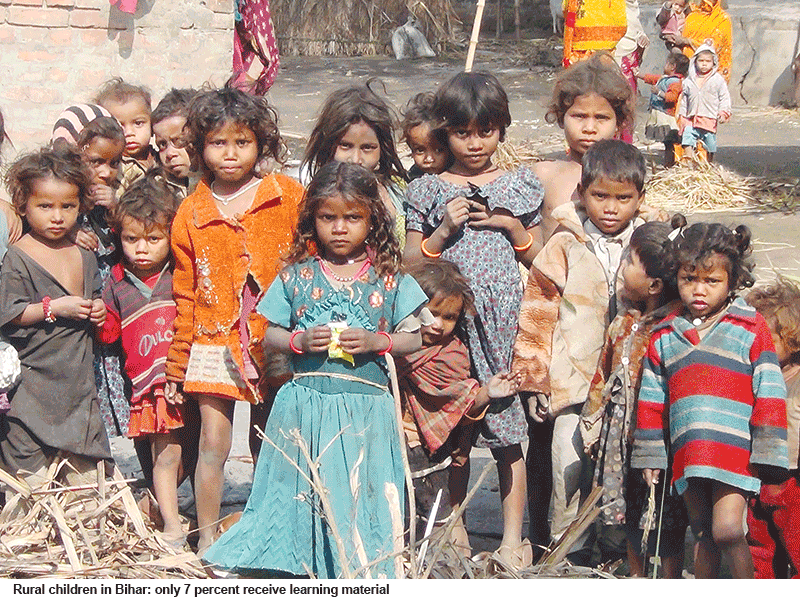
– Autar Nehru (Delhi)
A mid-term annual status of Education Report (ASER Wave 1) 2020 released by the highly respected Pratham Education Foundation on October 28 confirms that a mere 30 percent of India’s 260 million school-going children are receiving digital education since education institutions countrywide were closed in mid-March to check the spread of the Covid-19 pandemic. And despite the national buzz about smooth switchover to online learning, a mere 11 percent of children in government and private schools are routinely learning online, says the mid-term ASER survey. The only saving grace is that an additional 21.5 percent are learning through video and recorded media.
ASER 2020 is the first-ever telephonic survey conducted by Pratham Education. A total 52,227 households and 59,251 children in the age group 5-16 years, as well as teachers or head teachers from 8,963 schools, were interviewed to systematically examine the impact of the pandemic on schooling and learning of children across the country. Moreover, according to the report, only one-third of children had received any type of learning materials from their teachers during the week preceding the survey. States, where less than a quarter of children received any learning material, include Rajasthan (21.5 percent), Uttar Pradesh (21 percent), and Bihar (7.7 percent).
According to Anil Kumar Roy, general secretary of the Bihar Samaj Vigyan Academy and state coordinator of the Bihar chapter of the RTE Forum, even basic textbooks have not reached the vast majority of children in Bihar to enable them to study at home. “The JDU/NDA government deposited Rs.150-300 into the bank accounts of parents of children in government schools. But as bookshops didn’t open, the money was spent by poor households for other necessities. Claims of widespread online education are false with the children of dalits and mahadalits totally deprived of any education for over six months,” says Roy.
With the prolonged pandemic lockdown of industry and business rendering an estimated 4 million unemployed, and devastating the livelihoods of millions of self-employed in the informal sector as also casual labour, enrolment in free-of-charge government schools has increased from 62.8 to 66.4 percent. On the other hand, the proportion of boys and girls in rural private schools has declined from 37.2 percent and 30 percent to 33.6 percent and 27 percent respectively. “Reasons may include financial distress in households and/or permanent school shutdowns among private schools,” says ASER 2020.
Despite the conspicuous failure of the much proclaimed online learning revolution, the Central and state governments are dithering about reopening schools. Great tragedies by way of mass drop-outs, early marriages and forced child labour are being played out in millions of households across the country.
Also read: Over 60% pupils have access to smartphones, 3/4 receive family support: ASER 2020
Posted in Education News


























